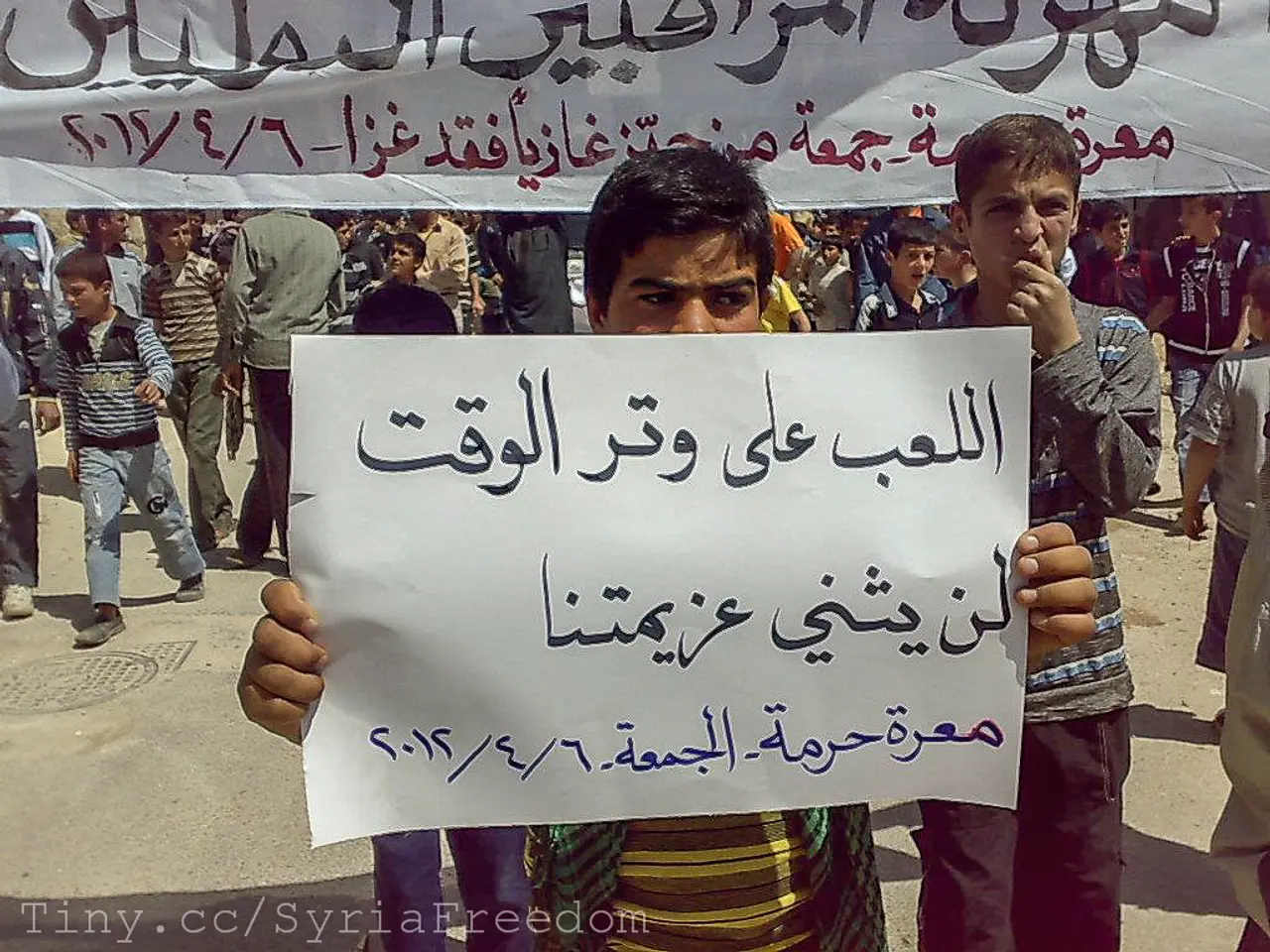Grim Gaza Famine Forecast by WHO
In the heart of the Middle East, the Gaza Strip is currently experiencing one of the most severe hunger crises in the world, with approximately 91% of its population, or 2.3 million Palestinians, facing crisis or worse levels of food insecurity. This dire situation is primarily due to a total blockade imposed by Israel from March to May 2025, restricting the entry of food, fuel, water, medicine, and other humanitarian items.
The Food and Agriculture Organization (FAO) and World Food Programme (WFP) have identified Gaza as having the “most intense” food insecurity situation globally. Acute malnutrition rates have skyrocketed, leading to over 18,700 hospitalizations for acute malnutrition among children alone since the start of 2025.
The causes of this crisis are multifaceted. The Israeli blockade has led to widespread starvation and the collapse of critical infrastructure. Moreover, ongoing military operations impede access to food, medical care, and humanitarian aid delivery. Displacement orders and unsafe conditions often prevent people from reaching hospitals or food distribution centres.
International aid organisations, including UN humanitarian agencies and NGOs, are struggling to provide relief amid these challenging conditions. Hospitals are overwhelmed with malnutrition cases, especially among young children, with some medical centres setting up dedicated malnutrition units. However, aid access remains limited, and hospitals are struggling to cope with the rising number of cases.
The situation is so dire that UN staff themselves have experienced hunger and exhaustion, signalling the extreme difficulty in sustaining aid operations. Furthermore, civilians are often shot at when trying to access aid trucks, undermining relief delivery.
The UN Rapporteur on the Right to Food has described this crisis as unprecedented in its rapid and comprehensive imposition of hunger on a post-war population. The future remains highly uncertain as humanitarian access is severely constrained, and violence continues. The situation is also widely regarded by organisations such as Amnesty International as a deliberate use of starvation as a weapon of war, raising grave legal and ethical concerns.
In summary, the hunger crisis in Gaza is one of the most acute in the world today, with widespread malnutrition, rising mortality, and critical humanitarian needs unmet due to ongoing conflict and restricted aid access. The situation requires immediate attention and action from the international community to alleviate the suffering of the affected population.
- Despite the dire health-and-wellness situation in Gaza, the lack of policy-and-legislation enforcement prevents international aid organizations from effectively addressing the crisis, particularly in regards to the delivery of food and medicine.
- The ongoing war-and-conflicts in Gaza have severely impacted the mental-health of its residents, with many suffering from anxiety and depression due to the uncertainty and fear of violence.
- In an attempt to combat the hunger crisis, some locals have turned to fishing as a source of food, despite the hazardous conditions and the risk of accidents at sea.
- Amidst the chaos, numerous cases of crime-and-justice have been reported in Gaza, with residents often prioritizing survival over abiding by the law.
- Despite the severe food insecurity, some reports suggest that gambling trends have risen in Gaza, with this form of casino-and-gambling providing a temporary escape from reality for some residents.
- With the future of Gaza remaining uncertain, politics play a significant role in determining the trajectory of the region, influencing policy decisions that can impact the severity and duration of the hunger crisis.
- In an effort to raise awareness about the situation in Gaza, news outlets around the world have been reporting on the crisis, shedding light on the general-news story that has captured global attention and concern.




